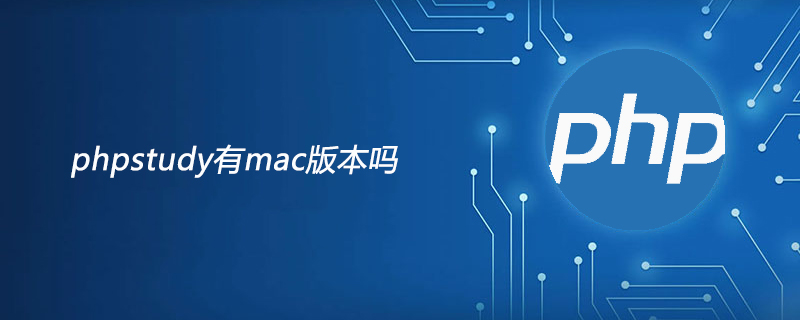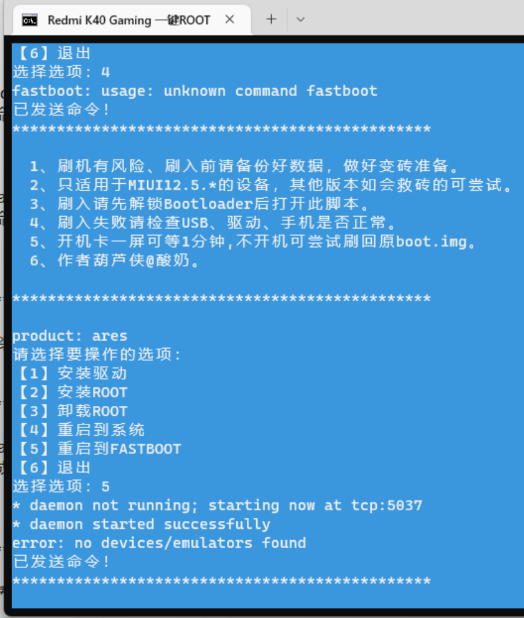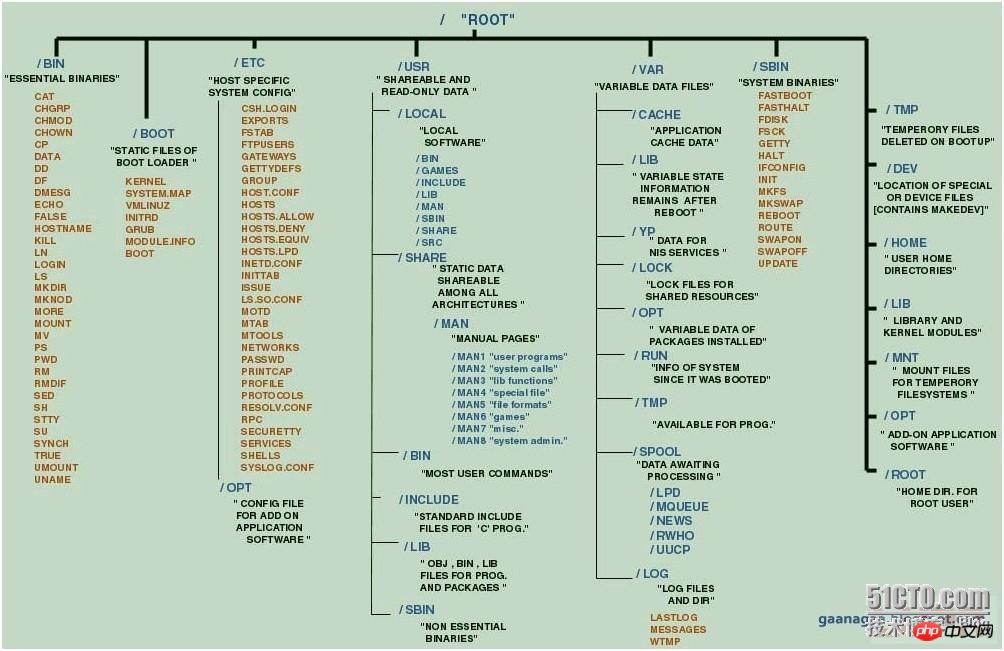
背景
最近在学习php,由于不想在环境搭建上花费太多功夫,再加上之前在linux和window上使用过phpstudy,这次在mac系统上也想使用phpstudy,可是上网查了一下,发现mac上并没有相关的phpstudy安装包,那可怎么办,刚好之前用过vagrant,virtualbox配合linux版本的phpstudy即可。有了思路,接下来看看我们需要准备什么东西来完成我们上面的想法
前置条件
1. mac os 系统
2. vagrant
立即学习“PHP免费学习笔记(深入)”;
3. virtualbox
4. git
5. phpstudy
6. 离线版box
开始处理
首先安装vagrant和virtualbox
下载vagrant mac版本安装包,安装直接拖到Application中即可,安装virtualbox同样的方式,
安装完之后,由于网络环境不是很好,这里就不直接使用vagrant 自己的box商店了,用自己离线下载的Centos 7 box 首先添加到 vagrant 中,命令如下
添加离线box到vagrant中
vagrant box add centos/7 /Users/ylf/Desktop/centos-7.0-x86_64.box
添加之后可以可以用以下命令查看是否正确
vagrant box list
创建Vagrantfile配置文件并运行虚拟机
新建一个目录,在目录中创建Vagrantfile 文件的内容如下
# -*- mode: ruby -*- # vi: set ft=ruby : # All Vagrant configuration is done below. The "2" in Vagrant.configure # configures the configuration version (we support older styles for # backwards compatibility). Please don't change it unless you know what # you're doing. Vagrant.configure("2") do |config| # The most common configuration options are documented and commented below. # For a complete reference, please see the online documentation at # https://docs.vagrantup.com. # Every Vagrant development environment requires a box. You can search for # boxes at https://vagrantcloud.com/search. config.vm.box = "centos/7" # config.vm.box_version = "1801.02" # Disable automatic box update checking. If you disable this, then # boxes will only be checked for updates when the user runs # `vagrant box outdated`. This is not recommended. # config.vm.box_check_update = false # Create a forwarded port mapping which allows access to a specific port # within the machine from a port on the host machine. In the example below, # accessing "localhost:8080" will access port 80 on the guest machine. # NOTE: This will enable public access to the opened port # config.vm.network "forwarded_port", guest: 80, host: 8080 # Create a forwarded port mapping which allows access to a specific port # within the machine from a port on the host machine and only allow access # via 127.0.0.1 to disable public access # config.vm.network "forwarded_port", guest: 80, host: 8080, host_ip: "127.0.0.1" config.ssh.username='root' config.ssh.password='vagrant' config.ssh.insert_key='true' # Create a private network, which allows host-only access to the machine # using a specific IP. # config.vm.network "private_network", ip: "192.168.33.10" # Create a public network, which generally matched to bridged network. # Bridged networks make the machine appear as another physical device on # your network. # config.vm.network "public_network" config.vm.network "public_network" , ip: "192.168.3.233" ,bridge: "en1: Wi-Fi (AirPort)" # Share an additional folder to the guest VM. The first argument is # the path on the host to the actual folder. The second argument is # the path on the guest to mount the folder. And the optional third # argument is a set of non-required options. # config.vm.synced_folder "../data", "/vagrant_data" # Provider-specific configuration so you can fine-tune various # backing providers for Vagrant. These expose provider-specific options. # Example for VirtualBox: # # config.vm.provider "virtualbox" do |vb| # # Display the VirtualBox GUI when booting the machine # vb.gui = true # # # Customize the amount of memory on the VM: # vb.memory = "1024" # end # # View the documentation for the provider you are using for more # information on available options. # Enable provisioning with a shell script. Additional provisioners such as # Puppet, Chef, Ansible, Salt, and Docker are also available. Please see the # documentation for more information about their specific syntax and use. # config.vm.provision "shell", inline: <p>然后再对应的目录中打开终端,在终端中输入如下命令</p><pre class="brush:php;toolbar:false">vagrant up && vagrant ssh
稍等片刻,虚拟机应该已经创建好了,这时候系统会让输入密码,vagrant创建的虚拟机默认密码是vagrant 在终端中输入vagrant ,这些终端输入密码时不会显示输入的字符,输入完之后,直接敲回车即可。到这里linux环境已经配置好了。
简单的解释一下上面的配置项是什么意思
设置使用的box为centos/7
config.vm.box = "centos/7"
设置默认用户为root,不然默认的用户为vagrant
config.ssh.username='root' config.ssh.password='vagrant' config.ssh.insert_key='true'
由于与学习用的机子,这里把ip设置为静态ip 这样虚拟机跟自己电脑就是同意局域网,可以直接互通了。
提示: 这里的ip地址大家根据自己的电脑实际的ip来设置,ifconfig 查到具体的ip ,这里的ip设置为与其类似的,bridge 是桥接网卡的,我这里用的无线网卡,如果是用的有线连接,请根据ifconfig查出来的值具体设置
config.vm.network "public_network" , ip: "192.168.3.233" ,bridge: "en1: Wi-Fi (AirPort)"
到这里应该虚拟机已经设置完毕
安装phpstudy
把下载好的phpstudy-all.bin 放到Vagrantfile同级目录中,然后复制phpstudy-all.bin安装包到~目录
cp /vagrant/phpstudy-all.bin ~/
然后执行授权,安装
chmod +x ~/phpstudy-all.bin ~/phpstudy-all.bin
等待安装完毕,根据实际情况每个人的机子安装的时间不太一样,几分钟到几十分钟都有,跟网速,还有磁盘有关系,这时候phpstudy就安装完毕,安装完之后测试一下phpstudy启动是否方便正常
phpstudy restart
这时候可能会出现下面错误,这个原因是因为没有安装psmisc,安装即可
line 82: killall: command not found
安装psmisc
yum install psmisc
到这里phpstudy已经安装配置完毕,但是如果我们用来开发的话,还是需要设置一些其他的东西,我们需要设置一下mysql可以远程访问
mysql 远程访问
还是在那个虚拟机中运行下面的命令登陆mysql
/phpstudy/mysql/bin/mysql -u root -proot
登陆mysql,调整当前的数据库
use mysql;
给root用户远程访问权限
grant all privileges on *.* to 'root'@'%' identified by 'root'; flush privileges;
关闭防火墙
systemctl stop firewalld
禁止防火墙开机启动
systemctl disabled firewalld
到这里mysql远程连接已经开启,在mac上安装phpstudy到这里已经差不多到此结束,介于篇幅,后面我们会具体讲一下如何利用phpstorm配合phpstudy远程调试,远程部署,自动上传
推荐教程:phpStudy极速入门视频教程













